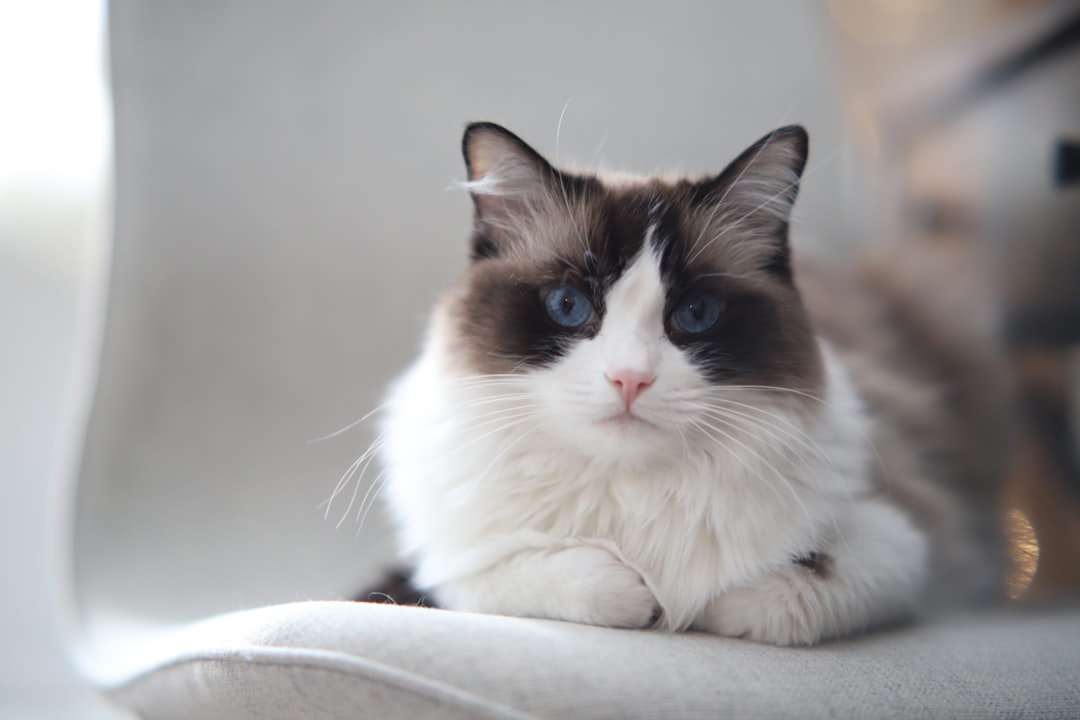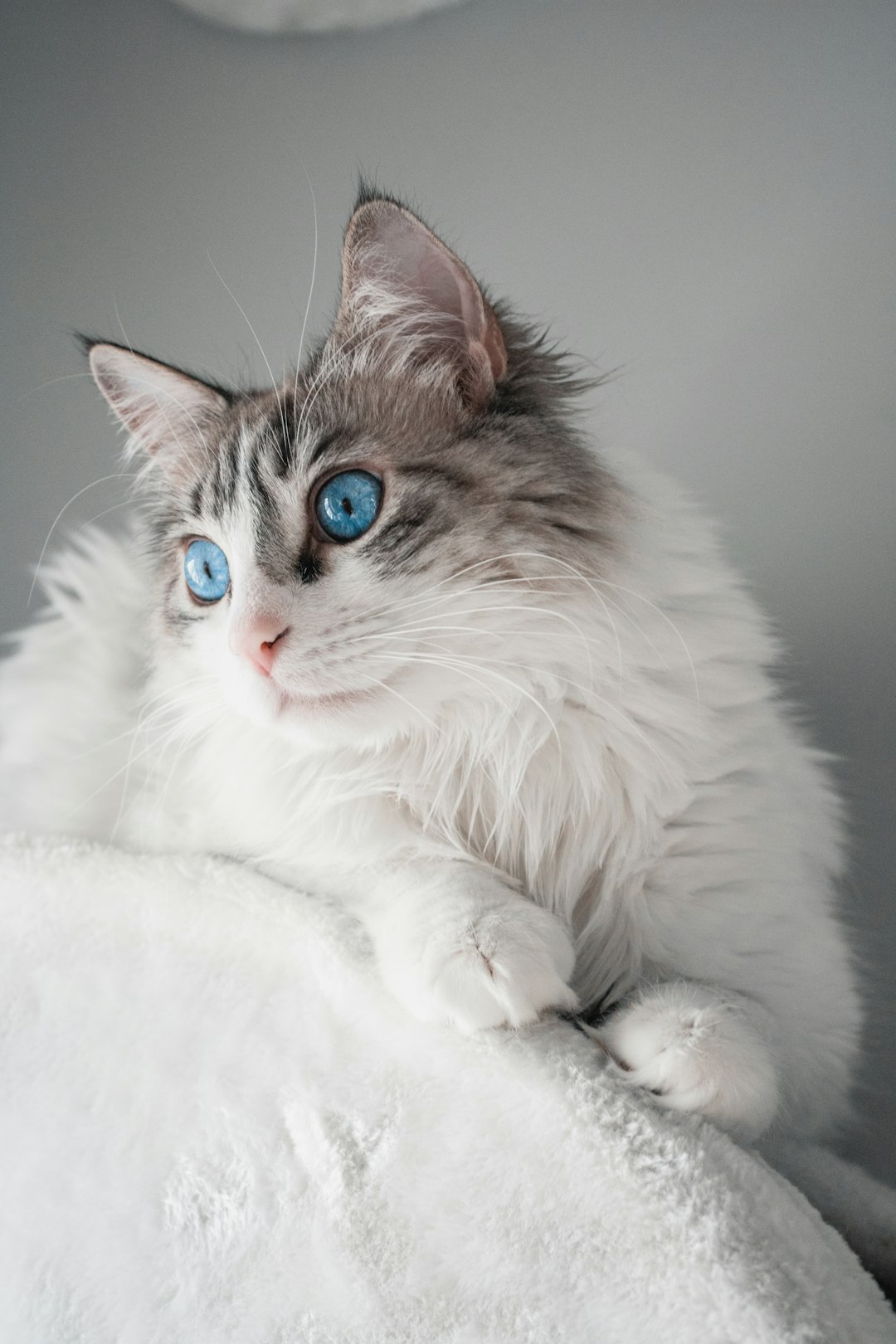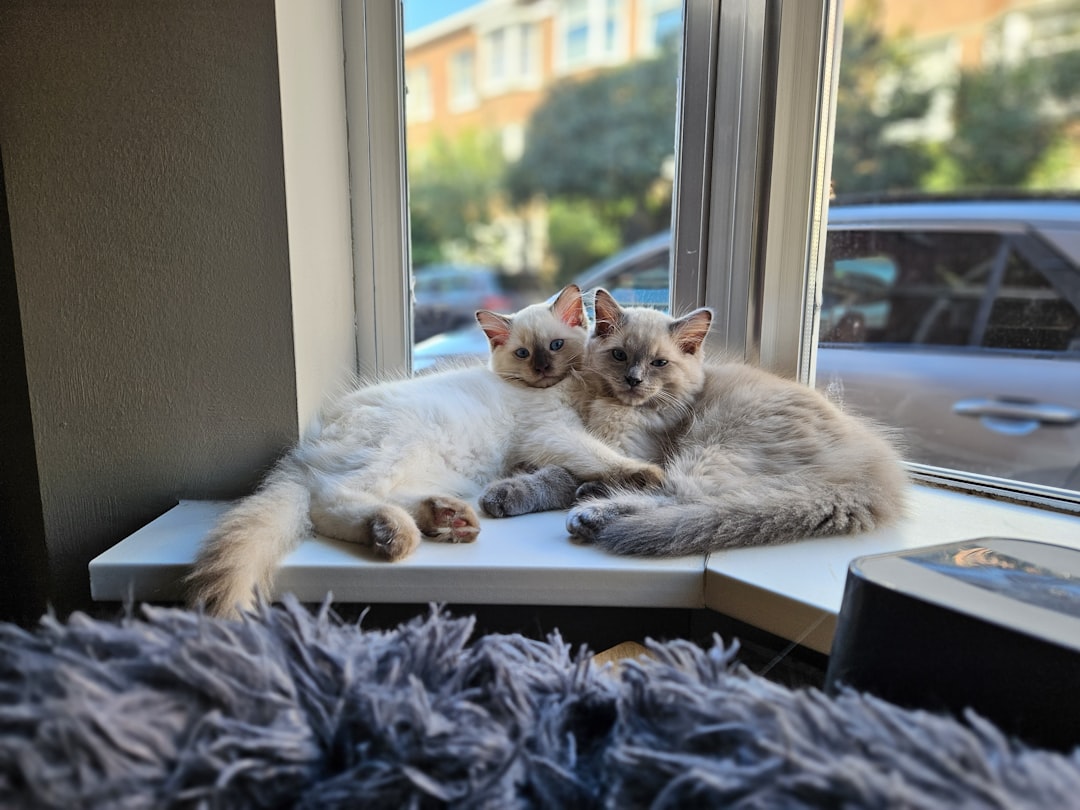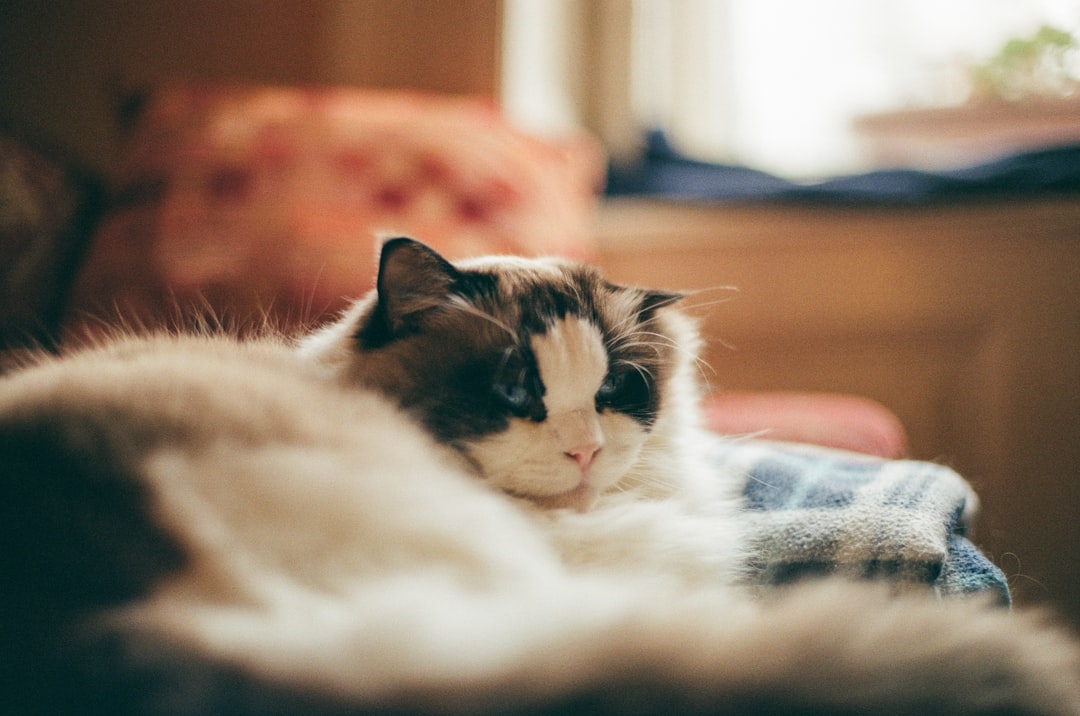The British Longhair cat, known for its plush coat and charming demeanor, captivates feline enthusiasts worldwide. Understanding the unique personality traits and care needs of this breed is essential for any potential owner. By focusing on British Longhair care, you ensure that these delightful companions thrive in your home. From grooming techniques to dietary requirements, each aspect plays a crucial role in maintaining their health and happiness. Consequently, being well-informed about their specific needs will help you build a strong bond with your British Longhair while providing a nurturing environment.
Understanding the British Longhair Cat Breed
The British Longhair, often overshadowed by its short-haired counterpart, boasts a captivating appearance and a delightful personality. Here are some key features that define this breed:
Coat: The British Longhair has a plush, semi-long coat that offers luxurious softness and a variety of colors. Regular grooming is essential for maintaining its beauty—this ties directly into effective British Longhair care.
Build: This breed exhibits a stocky, muscular physique. Its round face, broad cheeks, and large, expressive eyes enhance its charming look.
Temperament: Known for being calm and affectionate, British Longhairs form strong bonds with their families. They are social yet not overly demanding, making them ideal companions.
Lifespan: British Longhairs typically live between 12 to 15 years, although excellent British Longhair care can lead to even longer lifespans.
Overall, understanding the unique attributes of the British Longhair breed is crucial, as it lays the foundation for tailored care that ensures a happy and healthy life for your feline friend.

Essential Care Needs for British Longhairs
Caring for a British Longhair requires attention to various essential needs. Understanding these requirements will help you ensure your feline friend thrives and remains healthy. Here are the key areas to focus on for effective British Longhair care:
Grooming:
- Brush your British Longhair’s coat two to three times per week to prevent matting and tangles.
- Invest in a good-quality brush designed for long-haired cats.
Diet:
- Provide a balanced diet that includes high-quality protein; this supports their muscular build.
- Explore options like wet food for hydration and dry kibble for dental health.
Health Checks:
- Schedule regular veterinary visits to monitor their health and vaccinations.
- Be vigilant for any signs of common health issues like obesity or dental problems.
Environment:
- Create a safe and stimulating home environment. British Longhairs appreciate enrichment activities.
- Consider cat trees, scratching posts, and interactive toys.
By following these guidelines in your British Longhair care routine, you will promote their overall well-being and happiness.
Grooming Tips for Maintaining a Healthy Coat
To ensure your British Longhair maintains its stunning coat, regular grooming is essential. British Longhair care involves several key steps to keep their fur healthy and mat-free:
Brush Regularly:
- Aim for 2-3 times a week to prevent matting.
- Use a wide-toothed comb or a bristle brush to detangle knots gently.
Bathing:
- Bathe your cat every few months, unless they get particularly dirty.
- Use a mild cat shampoo that won’t irritate their skin.
Check for Parasites:
- Regularly inspect your cat’s coat for fleas and ticks, especially during warmer months.
Nail Trimming:
- Trim your British Longhair’s nails every 3-4 weeks to avoid overgrowth and discomfort.
Ear Cleaning:
- Check ears weekly; use a soft cloth to remove any debris.
By following these grooming tips, you enhance not only the appearance of your British Longhair but also contribute to their overall health. Consistent British Longhair care goes a long way in nurturing a happy, healthy feline friend!
Diet and Nutrition Requirements
Proper British Longhair care starts with a balanced diet that supports their unique health needs. These cats require high-quality nutrition to maintain their robust physique and vibrant coat. Here are essential diet guidelines:
- Protein-Rich Foods: Prioritize meat-based proteins. Look for ingredients like chicken, turkey, and fish.
- Healthy Fats: Incorporate omega-3 and omega-6 fatty acids to support skin and coat health.
- Fiber Sources: Include foods rich in fiber to promote healthy digestion.
Recommended Diet Composition:
| Nutrient | Recommended Percentage |
|---|---|
| Protein | 30-40% |
| Fat | 15-20% |
| Carbohydrates | 30-50% |
| Fiber | 2-5% |
Additional Tips:
- Wet vs. Dry Food: Offer a mix of wet and dry food. Wet food helps with hydration, while dry food supports dental health.
- Portion Control: Monitor portions to prevent obesity, as British Longhairs can be prone to weight gain.
By adhering to these British Longhair care practices, you will ensure your feline companion stays healthy, happy, and full of life!

Exercise and Playtime Recommendations
Ensuring your British Longhair stays active is crucial for their overall well-being. Regular exercise not only keeps them physically fit but also stimulates their mental health. Here are some effective recommendations for engaging your British Longhair:
Playtime Duration: Aim for at least 20-30 minutes of active play daily. This helps maintain a healthy weight and prevents boredom.
Interactive Toys: Use feather wands, laser pointers, and balls to encourage your cat to pounce and chase. These toys mimic hunting behaviors, satisfying their instinctual drives.
Climbing Structures: Invest in cat trees and shelves, allowing your British Longhair to climb and explore. Vertical space provides essential exercise and mental stimulation.
Scheduled Activities: Regularly schedule play sessions to create a routine. Consistency significantly contributes to a balanced lifestyle.
Outdoor Enrichment: If safe, let them experience the outdoors via a harness and leash or a secured garden area. Supervised outdoor time offers additional exploration opportunities.
In summary, British Longhair care extends to promoting sufficient exercise and playtime. By following these recommendations, you’ll help your feline friend thrive.
Socialization and Interaction Preferences
When it comes to British Longhair Care, understanding their socialization and interaction preferences is essential for their overall well-being. These cats possess a gentle temperament and thrive on companionship. Here are some key points to consider:
Social Nature: British Longhairs enjoy being around people and other pets. They typically form strong bonds with family members, making them affectionate companions.
Playful Interaction: Engaging in interactive play is crucial. Use toys like:
- Wand toys
- Laser pointers
- Puzzle feeders
This not only encourages physical activity but also strengthens your bond with your cat.
Gentle Approach: While they enjoy interaction, British Longhairs prefer a calm environment. Loud noises or chaotic situations can stress them out.
Daily Routine: Regularly spending time with your British Longhair helps them feel secure and loved. Aim for at least 30 minutes of interactive playtime daily.
In summary, incorporating these socialization strategies into your British Longhair Care routine can greatly enhance their happiness and overall health. Remember, consistency is key!
Common Health Issues in British Longhairs
When it comes to British Longhair care, it’s essential to be aware of their unique health issues. While these cats are generally healthy, some predispositions require your attention:
- Hypertrophic Cardiomyopathy (HCM): This heart condition is common among British Longhairs. Regular veterinary check-ups can help catch any signs early.
- Dental issues: Poor dental hygiene can lead to gum disease or tooth loss. Implement a dental care routine to keep their pearly whites healthy!
- Obesity: Due to their relaxed nature, British Longhairs can become overweight. Ensure you monitor their diet and engage them in regular exercise.
- Joint problems: As they age, British Longhairs may experience arthritis. Keeping a healthy weight can help minimize joint stress.
| Health Issue | Symptoms | Prevention |
|---|---|---|
| Hypertrophic Cardiomyopathy | Lethargy, difficulty breathing | Regular veterinary check-ups |
| Dental Issues | Bad breath, swollen gums | Regular teeth brushing |
| Obesity | Lack of energy, difficulty moving | Balanced diet and exercise |
| Joint Problems | Stiffness, limping | Weight management and regular vet visits |
By understanding these potential health issues, you can provide superior British Longhair care that promotes a long and healthy life for your feline friend.

Personality Traits and Temperament of British Longhairs
British Longhairs are renowned for their charming personalities and affectionate nature. Understanding their temperament is crucial for optimal British Longhair care. Here are some key traits:
- Gentle and Mellow: British Longhairs exhibit a calm demeanor, making them perfect companions for families and individuals alike.
- Affectionate Yet Independent: While they enjoy cuddling, they also appreciate their space, striking a balance in their social needs.
- Playful and Curious: These cats remain playful throughout their lives, offering endless entertainment with their love for interactive toys.
To help illustrate their temperament, consider the following comparisons:
| Trait | Description | Implication for Care |
|---|---|---|
| Sociability | Enjoys company but values independence | Allow solo time in a safe area |
| Adaptability | Adjusts well to different environments | Great for apartments and homes |
| Intelligence | Quick learners with problem-solving skills | Engage with puzzles or training |
Overall, British Longhair care includes nurturing their gentle spirit and providing an environment that supports their independent yet affectionate nature. By recognizing these traits, you’ll be well on your way to fostering a loving home for your feline friend.
Frequently Asked Questions
What are the grooming requirements for a British Longhair cat?
British Longhair cats have a thick double coat that requires regular grooming to prevent matting and hairballs. It’s recommended to brush them at least 2-3 times a week, using a slicker brush and a comb to keep their fur healthy and shiny. During shedding seasons, more frequent grooming may be necessary. Bathing is typically unnecessary, but if your cat gets particularly dirty, use a cat-friendly shampoo. Regular grooming not only keeps the coat in good condition but also helps bond with your pet.
How does the personality of a British Longhair differ from other cat breeds?
British Longhair cats are known for their gentle and affectionate nature. They often exhibit a calm demeanor, making them excellent companions for families and singles alike. Unlike some more active breeds, they typically enjoy lounging around rather than excessive play. However, they can be playful when they choose to engage, often showing a curiosity and intelligence that require mental stimulation to keep them happy. Overall, they balance well between being independent and seeking attention from their owners.
What is the ideal environment for a British Longhair cat?
British Longhair cats thrive in a stable and nurturing environment that provides both physical space and mental stimulation. They adapt well to various living situations, whether it be an apartment or a house, as long as they have some space to move and play. Providing scratching posts, climbing trees, and interactive toys can help stimulate their playful nature. It’s also important to ensure they have access to cozy resting spots, as they enjoy relaxing and watching the world go by from a high perch or a comfortable spot on the sofa.
What health issues should I be aware of with British Longhair cats?
Like many purebred cats, British Longhairs can be prone to specific health concerns, including hypertrophic cardiomyopathy (HCM), a common heart condition in cats, and hip dysplasia. Regular veterinary check-ups and maintaining a healthy diet can help mitigate some of these risks. It’s essential to monitor their weight, as they can become overweight without proper exercise and portion control. Additionally, routine vaccinations and dental care are vital to ensuring overall health and longevity.



